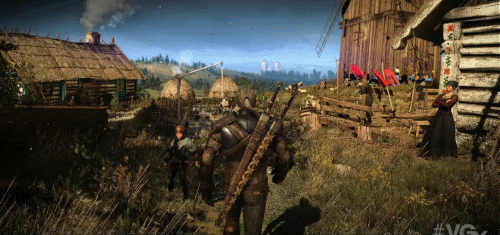with DLSS ray reconstruction the raytracing quality will look far better than the actual underlying resolution, which could help give some Switch 2 games raytracing reflections for example, that look PS5/SX quality.
DLSS super resolution also is a massive help.
in fact, DLSS is so good in some games, that a port of Doom Eternal could actually look better on Switch 2 than on PS5/SX. as in that game, even 4K with DLSS performance mode (1080p internal) and 1800p with DLSS Performance mode (900p internal) has superior image quality than the dynamic 4K of the PS5/SX's "balanced" mode.
now add raytracing into the mix, and games like Doom Eternal could in fact look way better than what the underlying numbers would suggest.
this issue here of course would be if the tensor/ML performance of the Switch 2 can actually handle all this without it adding too much render time to hit 60fps.
DLSS takes more time the higher it is tasked to scale the image. ray reconstruction isn't really an issue, as it replaces the normal denoising, which in the end comes out to about the same amount of render time or even less in some cases (Cyberpunk). but combining DLSS super resolution with DLSS ray reconstruction running at the same time, and therefore eating into each other's time on the tensor cores, could create issues.
this will totally be a game by game case here, but there are indeed games that profit so much from DLSS that the Switch 2 could come uncannily close to the big consoles, and absolutely destroy the Series S.
it all really depends on each individual game, and on how the tensor cores in that mobile chip hold up under stress.
EDIT: comparison of Doom Eternal on PC with DLSS vs Consoles by Digital Foundry
the consoles render up to 4x as many pixels, while having lower or equal image quality










